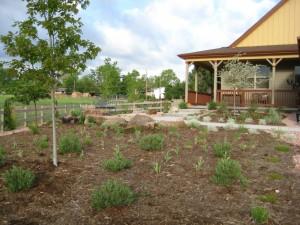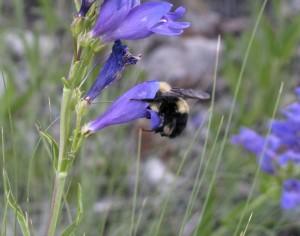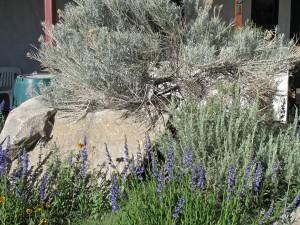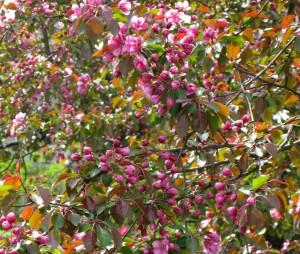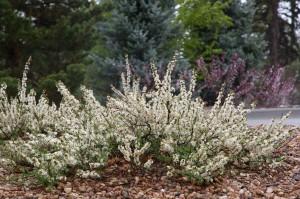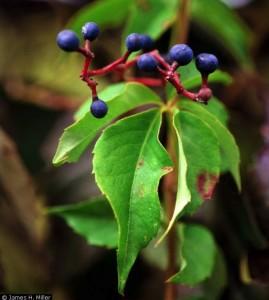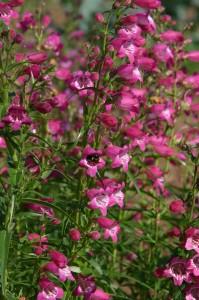What Is a Wildscape?
A "wildscape" is simply a landscape designed to provide habitat for wildlife, large and small. A wildscape can be as large as a whole yard or as small as a few pots on a balcony. It can be a public place like a park, schoolyard garden or golf course; it can be a working landscape like a farm, nursery or orchard. Whatever and wherever it is, a wildscape is a healthy community based on natural relationships. Wildscaping is a way of gardening and landscaping that not only throws a habitat "life-line" to wildlife threatened by fragmentation, it can bring the joy of restoring and watching nature right at home.
Wildscapes are as different as the gardeners and landscapers who create them. They share some basic design and maintenance principles:
- Create diverse layers and shelter
- Grow natural food
- Provide water for drinking and bathing
- Control invasive species
- Conserve: water, energy and chemicals
We'll look at the first wildscape principle in this post, and consider the other four in later posts, one per month.
Create Diverse Shelter and Layers
Biologists often call lawns "true deserts." That's because even expanses of turf offer few "niches" or areas of shelver, cover and feeding opportunities for wildlife. Imagine your landscape as a series of rooms: just like people, wildlife like cozy alcoves for thermal and nighttime cover. They like open expanses for sunning, sheltered nooks for naps and lazing around, and lots of variety in places to hang out over the course of the day and the season. Diversity is key.
Use natural layers, including trees (if appropriate to your site) or tall shrubs, plants like bunch-grasses that form tight clumps and plants that spread out or form mounds, plants that offer stair-step layers from the tallest parts of the habitat to near the ground. Connect the layers in your yard, both vertically, as with vines on arbors or climbing on other plants, and horizontally by planting clusters of plants of differing heights.
More layers also equals more choices in nesting habitat for birds, butterflies and native bees. Leaving some dead branches and dead stalks will provide even more habitat for hole-nesting wildlife, from tiny screech owls and bluebirds to carpenter bees.
Four durable and beautiful plants to provide shelter and layers for Rocky-Mountain-region wildscapes:
Crabapple (Malus X): Tough small trees with spreading or upright crowns, beautiful spring bloom and fall leaf color. Look for one with single flowers (more pollen and nectar to feed pollinating insects), and fruits to provide food for migrating songbirds.
Pawnee Buttes® sand cherry (Prunus besseyi): Low and spreading deciduous shrubs native to Western Plains with white flowers and edible, cherry-like fruits. Provide horizontal layering, flowers, nectar and food. Developed for the region by Plant Select.
Virginia creeper (Parthenocissus quinquefolia): Native vine with five-parted leaves that turn crimson and orange in fall. Berries are high in fat and anti-oxidants and provide good winter food for birds.
Red Rocks® penstemon (Penstemon X mexicali): Horticultural version of native wildflower with bright magenta flowers that feed hummingbirds and native bees. It is both long-lived and long-blooming for a penstemon.
Join Audubon Rockies and Plant Select in promoting wildscaping. Make a positive difference for birds and wildlife, and discover the joy of nurturing wildlife in your yard and other everyday landscapes. Be a habitat hero.
By Habitat Hero
Stay in the Know
Sign up for emails to stay up to date on how you can help and enjoy birds in Colorado, Wyoming, and Utah.

